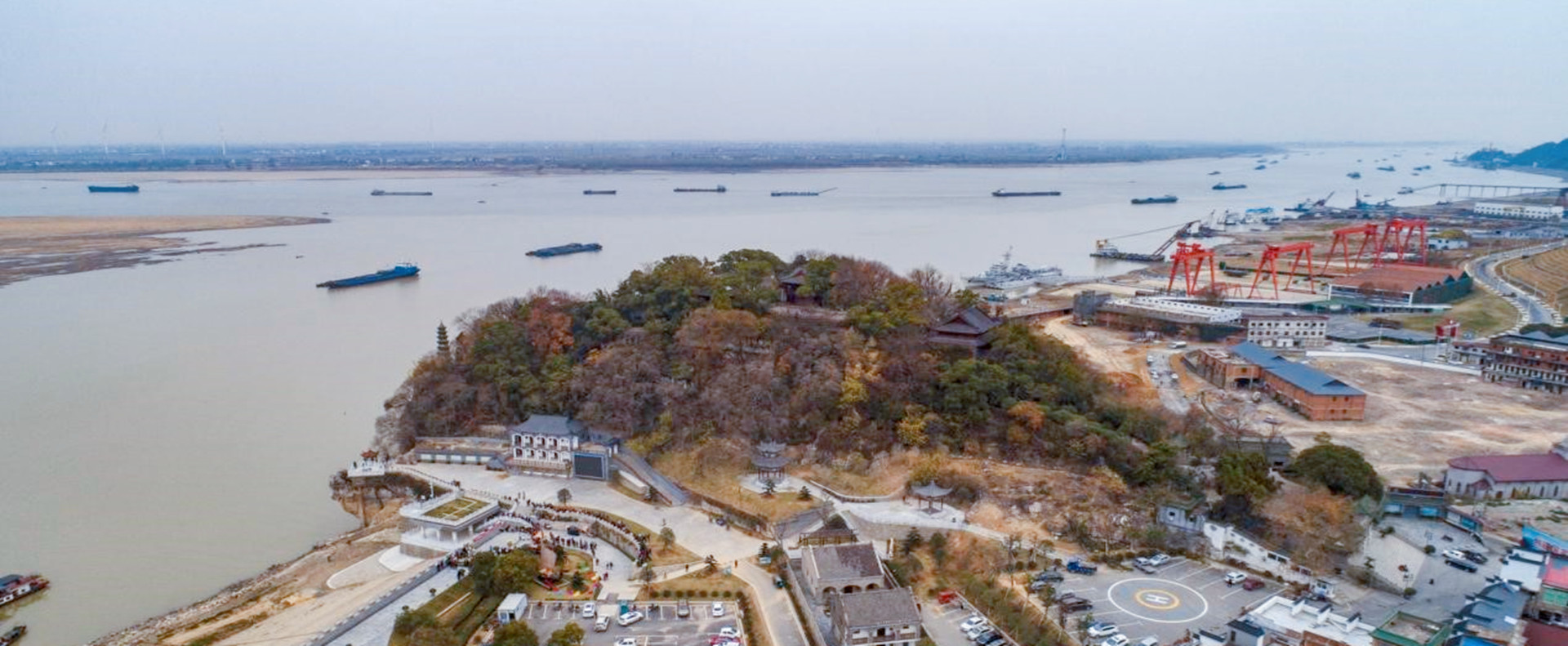Highlights
Riparian Land Use and In-channel Stressors Drive Fish Community Structure in Yangtze River

Riparian land use and in-channel stressors along the Yangtze River (Credit: SHEN Haibin)
In an international collaboration with the United States, Professor CHEN Yushun and his team from the Institute of Hydrobiology (IHB) of the Chinese Academy of Sciences explained the spatial patterns of fish community structure in the Yangtze River. The results were published in Landscape Ecology.
Untangling relationships between landscape patterns shaped by human stressors and related response of fish communities is important for identifying biodiversity patterns and conservation targets, yet this knowledge is extremely limited in large rivers.
To determine spatial variations in fish metric patterns and in riparian land use and in-channel stressors from upstream to downstream, the researchers used the curve estimation to test the correlations between fish metrics (or riparian land use and in-channel stressors) and the distance from the river mouth.
Results showed that both abundance and richness of limnophilic species decreased significantly with the distance from the middle reach to the lower reach of the Yangtze River. Urban land, cropland, shoreline modification, navigation and fishing pressure increased with the distance from the middle to lower reaches.
Besides, they examined the influences of riparian land use and in-channel stressors on fish metrics using multivariate generalized linear models. There were strong negative correlations between riparian land use (e.g., urban land) and in-channel stressors (e.g., shoreline modification, navigation, and fishing pressure) and fish assemblages, especially limnophilic fish abundance, biomass, and richness.
These results demonstrate influences of both riparian land use and in-channel stressors on fish communities, and highlight the use of landscape descriptors as a valuable approach to assess linkages between human pressures and fish diversity in large river systems.
Innumerable direct and indirect human stressors have brought unprecedented freshwater biodiversity crisis. Therefore, IHB researchers proposed several management measures to mitigate human stressors effects on large river biota in this study, including establishing or rehabilitating riparian buffers, improving commercial navigation management, implementing shoreline protection measures, and reinforcing fishing laws and regulations.